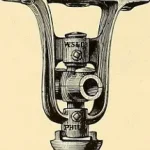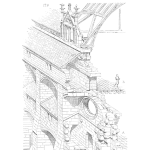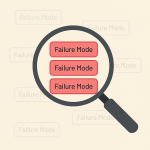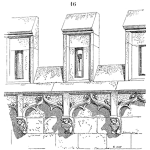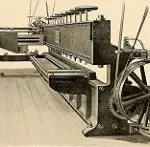
Generally speaking, pushing value through functional silos usually creates inefficiencies, low buy-in, and a lack of ownership. Resistance to change is almost guaranteed, not to mention the problems caused by missed or poor communication. The same applies to reliability engineering activities during product or process development, which often face strong resistance from design teams, to say the least.
In my 12 years of reliability experience, I’ve seen that reliability engineering is often viewed as just another function — another group asking designers to do extra work because their “baby” (design) is “ugly.” This mindset exists largely because traditional engineering education focuses more on how things function given the boundary conditions, not how they degrade, specifically, how they degrade over time. Let me explain.

